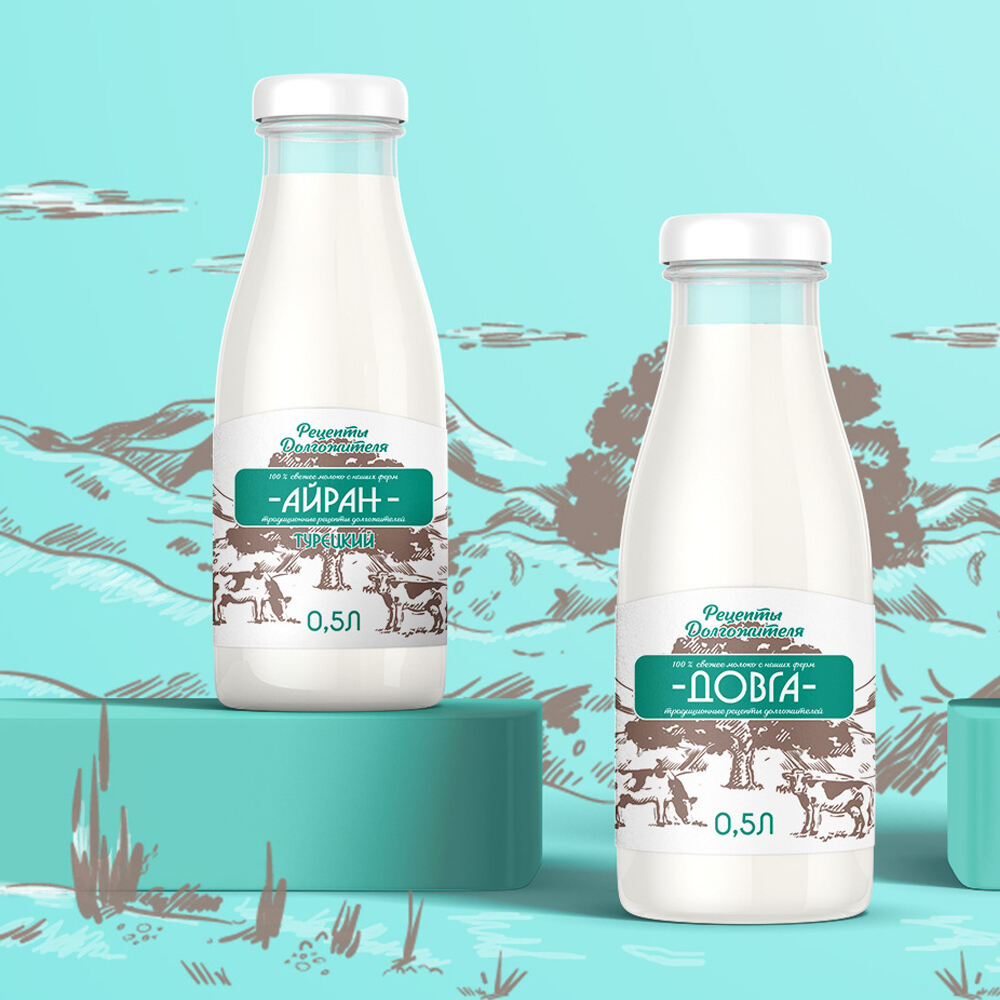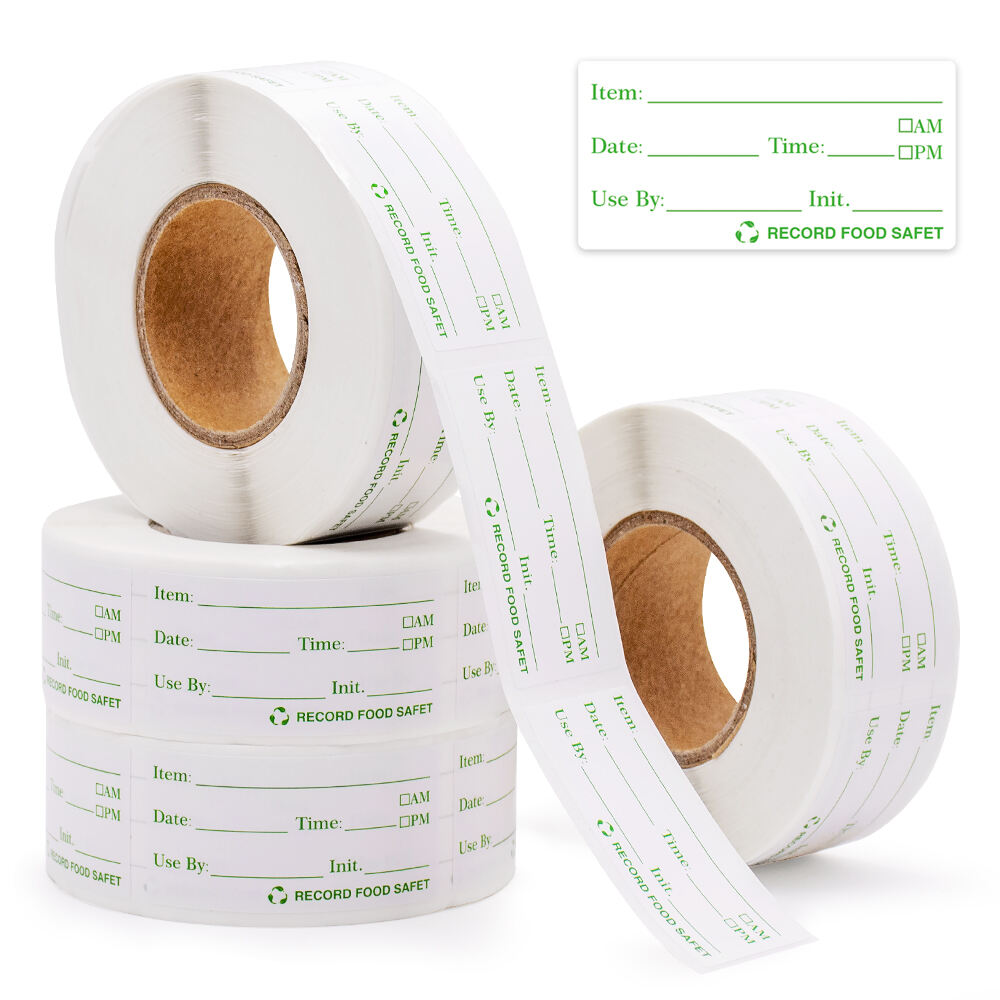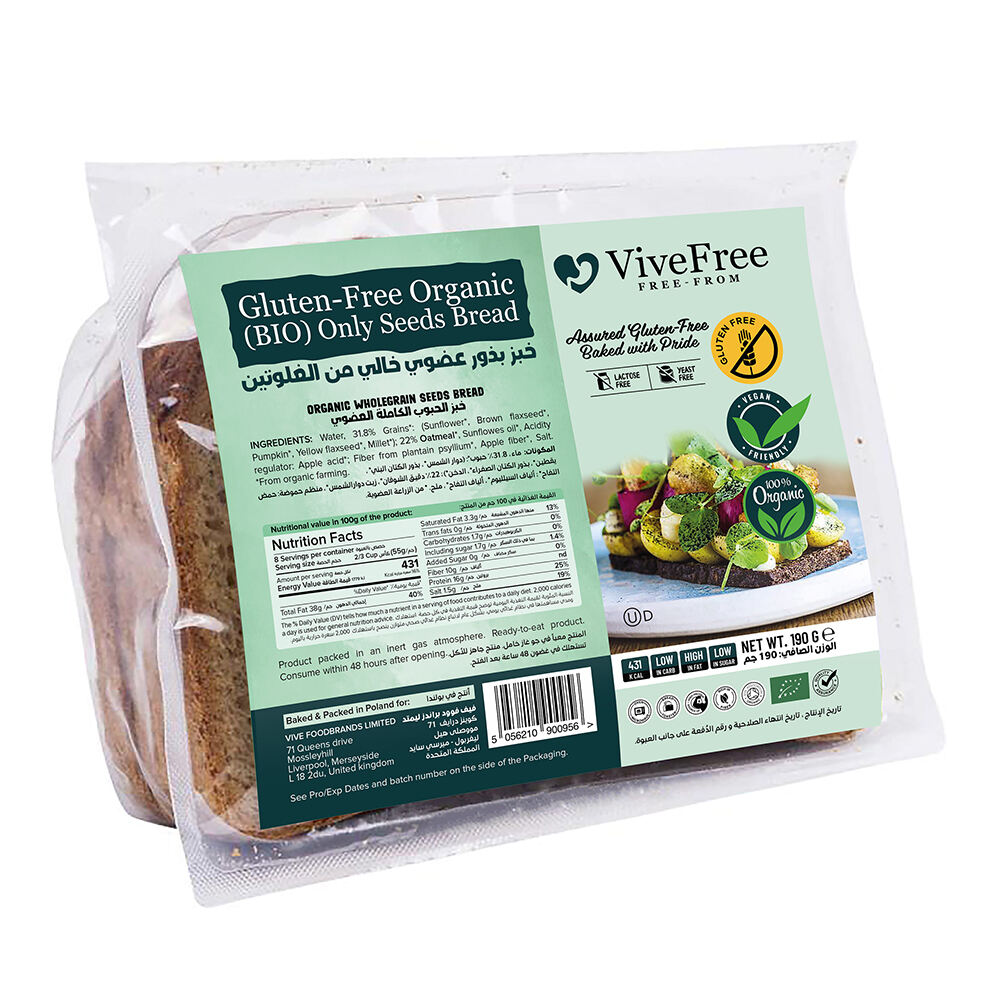Food Packaging Stickers: Ensuring Safety and Compliance
Regulatory Requirements for Food Packaging Stickers
Key Food Safety Standards (FDA, EU Regulations)
Consumer safety depends heavily on following regulatory standards across the food industry landscape. The United States has implemented strict rules through the FDA's Food Safety Modernization Act, which lays out comprehensive guidelines for how food gets packaged. These rules focus on preventing problems before they happen, looking at potential hazards throughout the entire process. The goal here is simple but important: keep food safe for everyone who eats it. Packaging materials need to meet certain cleanliness standards too, so nothing contaminates what's inside those packages, even down to small things like labels and stickers. Across Europe, there's another set of regulations called Regulation No. 1169/2011 that deals specifically with how food information gets presented to customers. This one pays special attention to making sure labels are clearly visible and contain accurate information about ingredients and nutritional content. Businesses that ignore these regulations face serious repercussions ranging from hefty fines to major hits on their brand reputation. For companies wanting to sell their products internationally, getting proper certifications becomes absolutely necessary. Meeting global standards isn't just about paperwork anymore; it's becoming increasingly critical for gaining trust and acceptance in foreign markets where quality expectations continue to rise.
Mandatory Labeling Information & Allergen Warnings
When it comes to food packaging stickers, there's some basic stuff that just needs to be there: product name, ingredient lists, and those nutrition facts panels. These details help people know exactly what goes into their meals. Speaking of safety, allergen labels matter a lot too. When packages clearly state if something contains nuts, gluten or dairy products, it helps prevent serious allergic reactions that could send someone to the hospital. We've seen this trend grow over recent years as more folks become aware of hidden allergens in processed foods. That's why many manufacturers now place these warnings right at eye level instead of hiding them somewhere small. Research looking at actual cases where people had bad reactions shows just how vital proper labeling really is. For businesses wanting to stay compliant while keeping customers safe, getting allergen info right isn't optional anymore. It builds trust when shoppers feel confident that companies care about their health as much as they do.
Material Compliance & Environmental Regulations
Stickers on food packaging need to meet pretty strict material requirements to be safe when they touch actual food products according to those FDA rules in Title 21. Safety isn't the only thing companies worry about though. Environmental laws have become a big factor too, pushing manufacturers toward materials that can actually get recycled or break down naturally over time. The market has seen some interesting developments lately with stuff like vegetable based printing inks and adhesive solutions that won't gum up recycling streams. These kinds of innovations help companies stay compliant while catching up with what shoppers want nowadays. When picking suppliers, businesses should look closely at whether they can show proper paperwork proving their materials pass all these tests. Getting this right builds trust with customers and keeps operations running sustainably long term, which matters more than ever in today's competitive marketplace.
Essential Features of Compliant Food Labels
Durability in Extreme Temperatures & Moisture
When it comes to food packaging labels, durability really matters, particularly under harsh temperature conditions. Take frozen items for example the labels need to stick around even after sitting in freezers for weeks without falling off or getting damaged somehow. And then there's the moisture factor too. Labels placed in kitchen environments where steam builds up or during transportation where condensation forms tend to get all soggy and eventually fail. That's why manufacturers rely on premium quality materials for their labels something that keeps them attached properly and legible no matter what happens. Industry testing protocols matter quite a bit here too because if those labels start coming apart, important details about ingredients or expiration dates might get lost, which creates serious food safety concerns down the line.
Adhesive Strength for Diverse Packaging Surfaces
Strong adhesives matter a lot when it comes to keeping labels on packages made from different materials such as glass bottles, plastic containers, and cardboard boxes. When glue isn't strong enough, we see problems all the time labels start to peel away or get torn during handling, which can land companies in trouble because they might not meet those strict labeling rules. Smart businesses know they need to pick the right kind of adhesive for each surface type to avoid these headaches. The good news is recent improvements in glue technology have really boosted how well labels stick around. Manufacturers now offer products that work better in extreme temperatures too cold or hot storage conditions without losing their grip on the package surface.
Legible Printing for Critical Safety Information
Clear text on food packaging stickers matters a lot when it comes to keeping people safe. When companies want to get across important safety stuff, good printing quality makes all the difference. Fonts need to be big enough to see at a glance, colors should contrast well so words stand out against backgrounds, and overall design shouldn't make reading feel like a puzzle. Many countries have rules about how visible these labels must be because nobody wants to miss allergy warnings or storage instructions. Looking at real world situations helps explain why this works better than just following guidelines blindly. Food manufacturers who focus on making their labels easy to read aren't just checking boxes for regulators either. Customers notice when brands take extra care with presentation details, which builds confidence in product quality over time.
Top Food Packaging Stickers for Safety & Compliance
Customizable Food Labels for Branding & Transparency
Food labels that can be customized serve as important assets for branding purposes and keeping things transparent for shoppers. Companies often put special design touches on their package stickers to show customers about product safety standards and regulatory compliance, all while boosting their marketing efforts at the same time. When packages look good visually, they tend to stand out on store shelves. Plus, these custom designs help showcase vital details such as what's in the product, nutrition stats, and when it expires, which builds consumer confidence and makes everything clearer. Take a look around grocery stores and you'll notice plenty of well-known brands using custom labels successfully. They get better name recognition and keep customers coming back because of this strategy. A case in point is an organic food brand that has made waves recently by putting green colors and nature scenes on their labels. This visual approach clearly tells customers what kind of values drive their business operations.
Oil/Water-Resistant Food Storage Labels
Oil and water resistant labels play a really important role when it comes to staying compliant and keeping things intact throughout storage and shipping processes. What makes these labels special is the protective coating they have which stops them from breaking down in damp or greasy situations. This helps cut down on contamination dangers and keeps consumers safe. For food storage specifically, labels crafted from stuff like polypropylene or polyethylene work great because they push away both water and oil. That means they keep performing well even after getting wet or oily. Plus, this resistance factor means the important details printed on packages stay readable, which matters a lot for how long food stays good in different storage spots like fridges and freezers where moisture can be an issue.
Eco-Friendly Adhesive Stickers for Containers
The food packaging industry is witnessing rising interest in environmentally friendly adhesives thanks to both customer concerns about sustainability and stricter regulations pushing companies toward greener alternatives. Biodegradable and compostable glues are becoming popular choices because they meet environmental standards while still holding up well in actual applications. With shoppers increasingly looking for packages that won't harm the planet, businesses are starting to switch over to these materials at a faster rate than before. Green adhesives cut down on waste accumulation and help lower carbon emissions for companies, which naturally attracts customers who care about their environmental impact and boosts how brands are perceived overall. Plus, these eco-conscious labels satisfy government requirements that keep getting tougher, helping manufacturers stay ahead of potential fines and aligning better with corporate sustainability targets in sectors ranging from retail to pharmaceuticals.
Designing Effective Food Packaging Stickers
Incorporating Safety Symbols & Expiration Dates
Adding commonly understood safety icons to food packages really helps get important safety messages across to shoppers who might not speak the same language. Think about those little triangles warning about allergens or the ice cube symbol telling us how to store something properly. When it comes to showing when food expires, companies should stick to big readable numbers, bright color contrasts between text and background, and place this info where people actually look first. Following FDA guidelines matters a lot here since regulators set strict rules about what needs to be displayed and how. Getting these details right isn't just about staying within the law it also builds trust with customers who want transparency about what they're buying.
Choosing FDA-Approved Materials
Using FDA approved materials when making food stickers matters a lot for keeping people healthy and staying within the law. The stuff that gets approved has been put through all sorts of tests to check if it's safe when it touches food directly or just sits near it. If companies skip this step, they're basically playing with fire. Health problems might pop up, plus there's the whole mess of breaking food safety rules. That means getting hit with expensive product recalls or facing lawsuits nobody wants. Smart businesses know better than to take chances here. They ask suppliers for proper paperwork showing FDA approval, run checks now and then to make sure everything stays compliant, and keep an eye on how regulations change over time. After all, no one wants their company name in headlines because of some dodgy stickers.
Partnering with Certified Label Manufacturers
Working with certified label makers makes all the difference when it comes to staying compliant and getting quality labels out there. These folks know their stuff about designing labels, picking the right materials, and keeping up with regulations so what gets produced actually works for both safety requirements and looks good on store shelves too. The truth is, going with certified partners helps companies navigate those tricky waters around choosing materials and following rules, which cuts down大大 on chances of running into trouble with regulators later on. For anyone looking at possible partners though, checking off boxes isn't enough. Take time to look at their certifications yes, but also dig into what they've done before and how well they understand what's expected in the industry. Real alignment between what these manufacturers do day to day and what businesses need from their labels matters a lot in practice.
 EN
EN
 AR
AR
 HR
HR
 CS
CS
 DA
DA
 NL
NL
 FI
FI
 FR
FR
 DE
DE
 EL
EL
 HI
HI
 IT
IT
 JA
JA
 KO
KO
 PL
PL
 PT
PT
 RU
RU
 ES
ES
 SV
SV
 TL
TL
 ID
ID
 SR
SR
 SK
SK
 SL
SL
 VI
VI
 HU
HU
 TH
TH
 TR
TR
 FA
FA
 AF
AF
 MS
MS
 IS
IS
 HY
HY
 BN
BN
 LO
LO
 LA
LA
 MN
MN
 MY
MY
 KK
KK
 UZ
UZ






